GROUP EXHIBITION - Jovana Banović, Marielle Gonier, Jordi Jon Pardo, Austeja Platukyte, Adrienn Újházi, and Nadia Petković
This is an exhibition introducing Montemero Art Residency, a project researching environmental issues and alternative materials for art production. The project started after receiving an offer from Finca Montemero to revitalize late artist Wolfgang Simon’s studio in Andalusia. Utilizing the expertise of Finca Montemero on ecology and recycling, the project evolved around eco-art and alternative art production.
We opened the first season of the residency with an experimental educational program in which we invited two artists from Serbia who were working with alternative materials, and selected two artists through an international open call. During the month-long residency, artists created individual works as well as collaborative works through workshops designed by the invited artists. These works were exhibited in one of our caves, as an alternative exhibition space. The next year, we hosted 7 artists from all around Europe and produced different projects with each one of them.
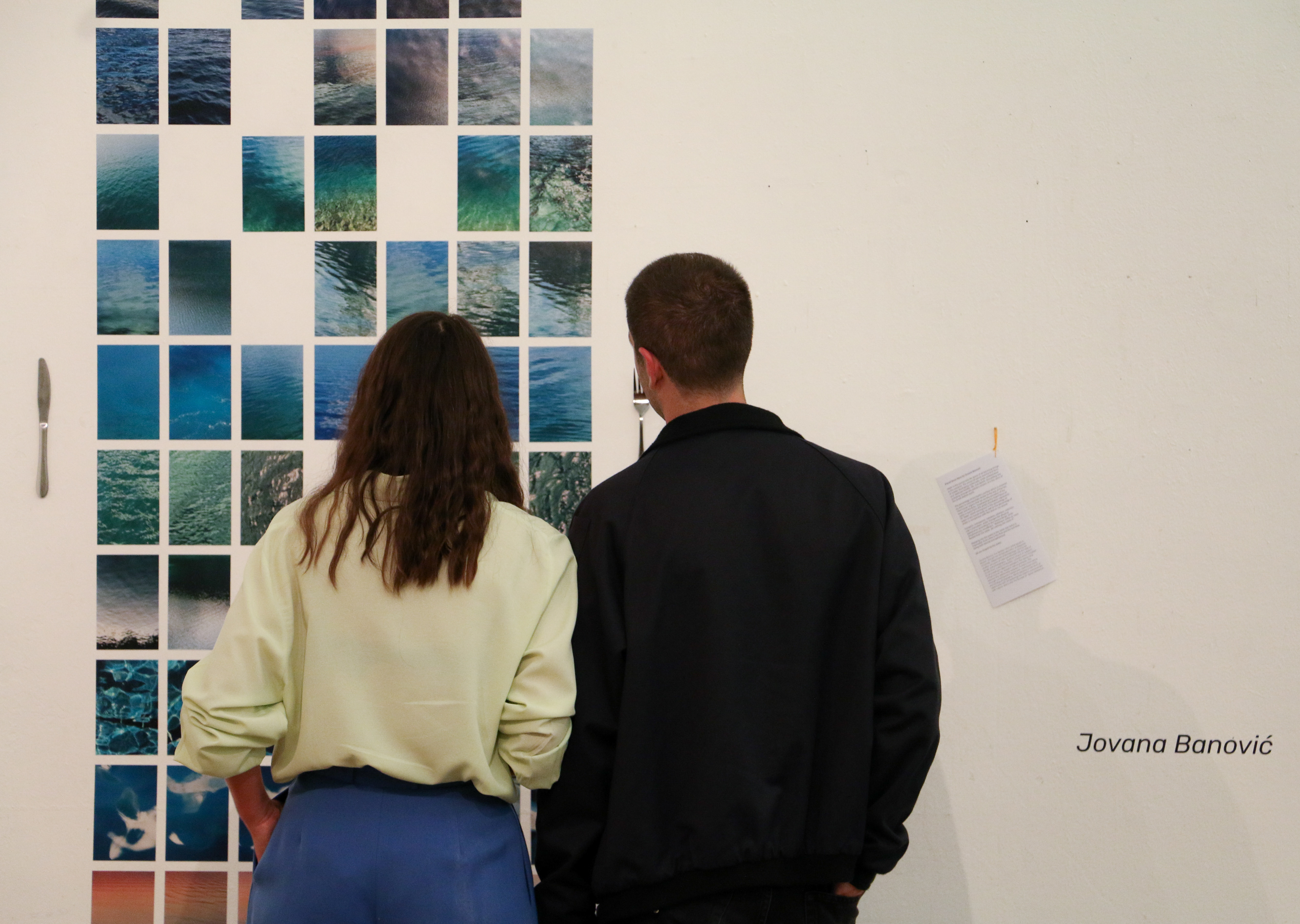

As this year remarks itself with natural disasters - mostly induced by human intervention - we focus on climate change and its visible effects in our area, along with alternative artistic materials that could bring sustainability into art practices. By doing so, we hope to bring some attention not only to climate change, but also to prevalent local environmental issues in Belgrade and all of Serbia, such as air pollution, waste management, and lack of recycling/upcycling.
Throughout the exhibition, a specific seaweed species, Poseidonia oceanica, makes itself apparent as a curatorial footnote. Posidonia oceanica meadows form a key coastal habitat playing a crucial role in the physical equilibrium of a large portion of the Mediterranean coasts; they attenuate waves and currents, reduce sediment resuspension, protect the beach from erosion, and contribute to shoreline stabilization.* Today, seagrass meadows are in decline in Spain due to invasive seaweed arriving in the area in recent years as one of the results of global warming. Often, the product of this seaweed washes onto beaches when it dies and, thus, covers the surface. A small collection of this product will be placed in specific locations in relation to displayed artworks as a curatorial installation, aiming to draw attention to something that affects all of us, whether that be art or climate change.
A personal note from the curator:
This year over 5 major heat and 4 cold waves were observed, at least 431,524 hectares of forest were burnt, and over 920 people were killed in floods and landslides in July alone. I am giving this data because I am tired of nature being romanticized. As long as we romanticize nature, escapism will be waiting for us; we can all find our own little heaven with clear waters or lush forests and ignore the big picture. Unfortunately, while creating awareness and encouraging change, art can also contribute to this mindset. So, I kindly ask the viewers to be careful and not to take this as a pretty picture drawn by us. Andalusia can be spectacular and breathtaking, but it is also a land of centuries-long exploitation and deterioration. It is representative of what can happen to our own paradise if appropriate measures are not taken.
This year, I stopped seeing nature as something divine or as our mother. Why? Because, the belief systems can’t be harmonized and we are all, sadly, conditioned to lose our mothers, so we are not expecting to win the battle against climate change. While more and more companies are greenwashing and feeding on our amygdala, behind the scenes little is changing aside from our own back-patting and feel-good gestures. The climate crisis is a class issue and I understand that people take action only when they internalize issues/matters, yet those who hold the power are not directly affected by the crisis and can easily undo our individual gains. We need a massive system change.
So, what do we do now? I honestly don’t know, but I’m here for the discussion.
Curation & Text by Zeren Oruc
Location: KC Grad
Dates: 30.08 - 12.09.2021
Photo Credits: Anthony Brooks & Zeren Oruc & Lidija Antonović
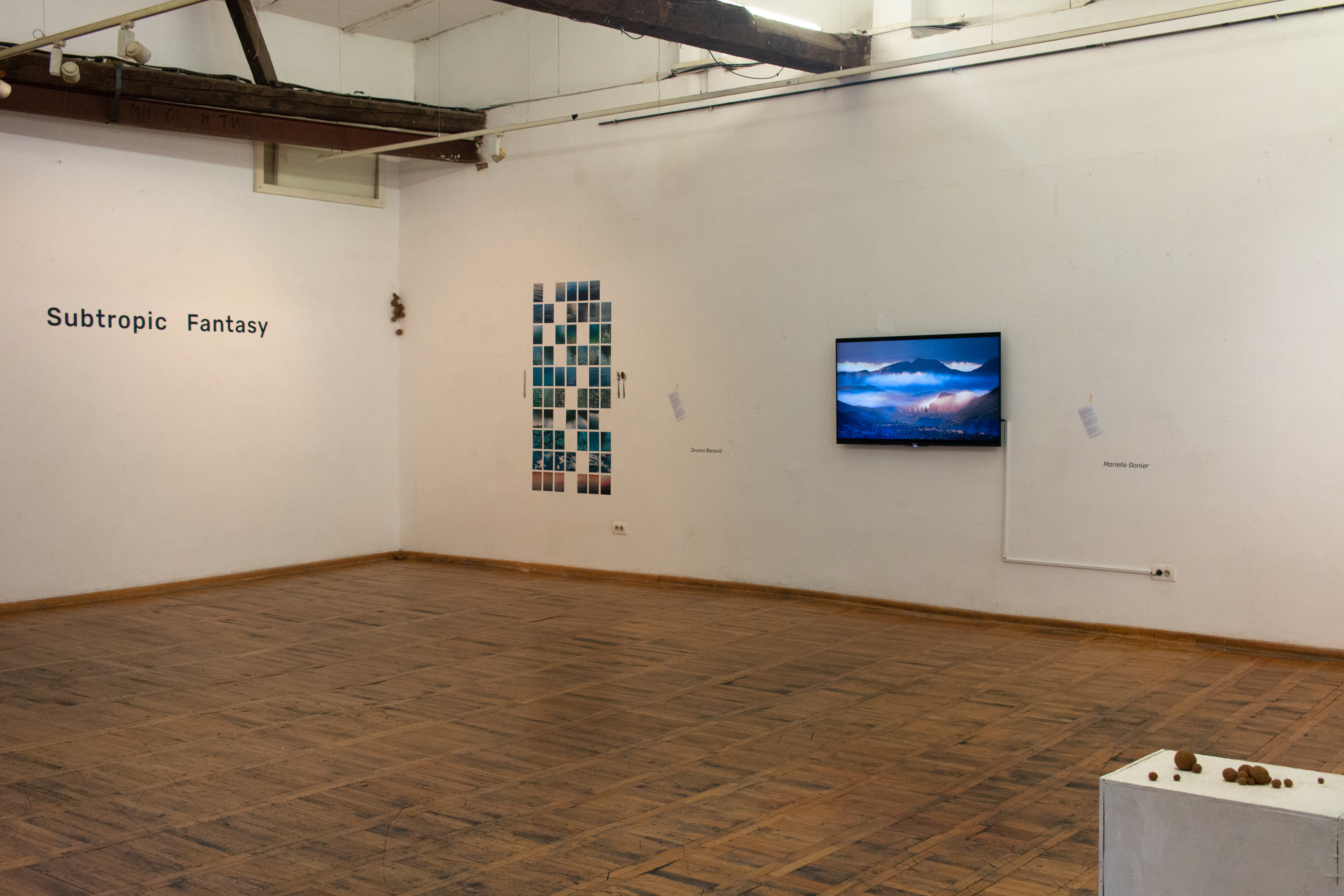
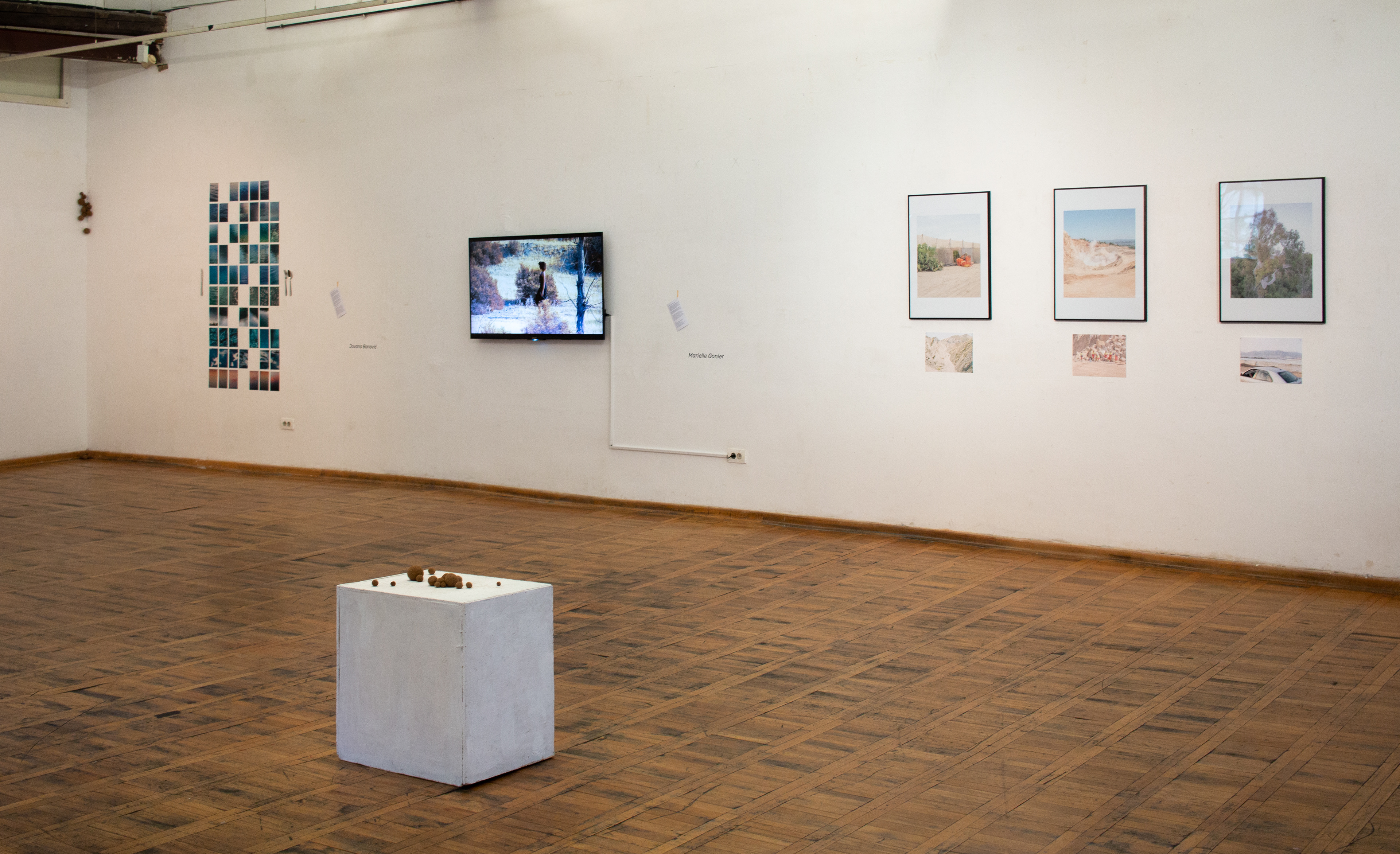
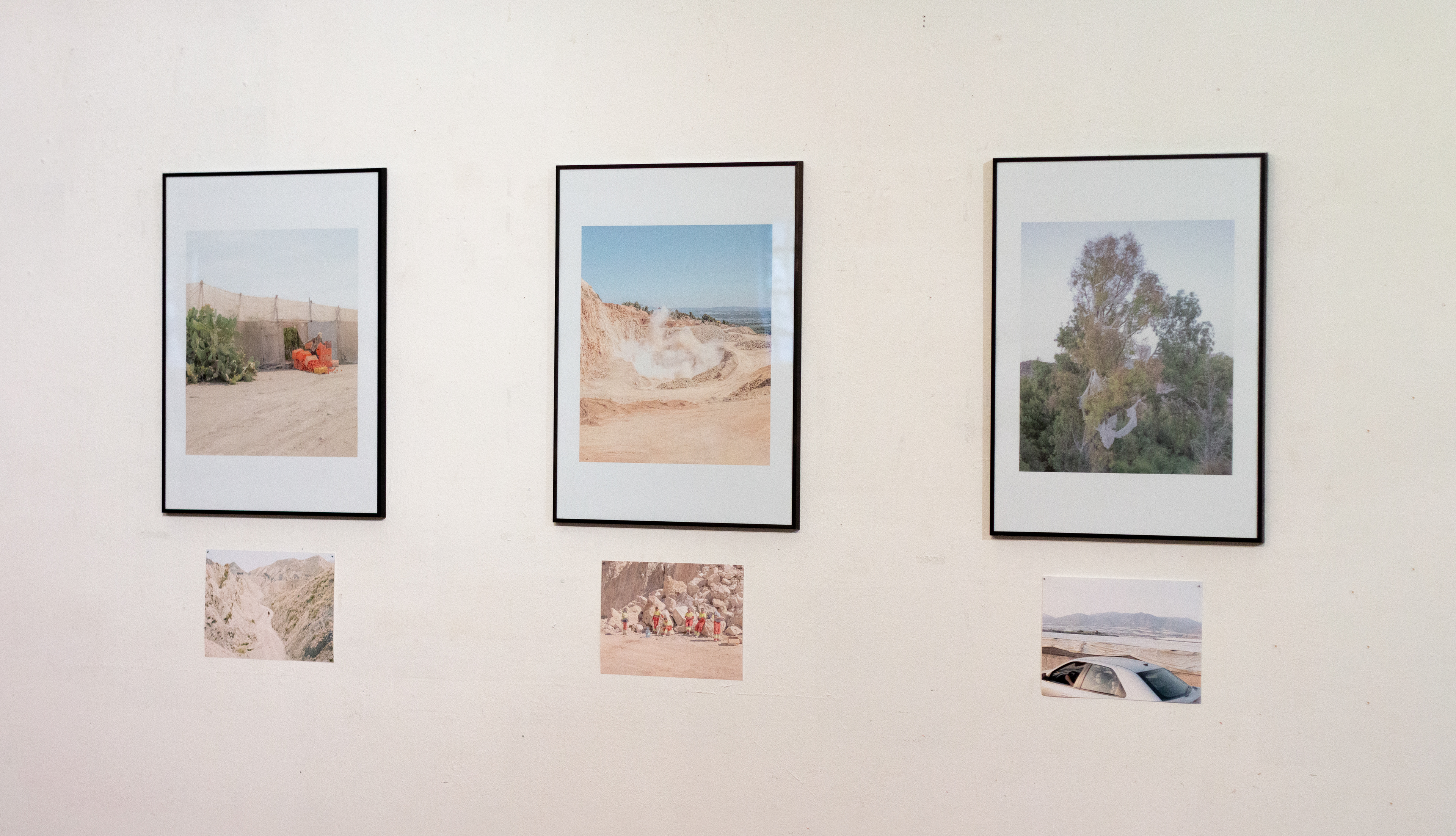
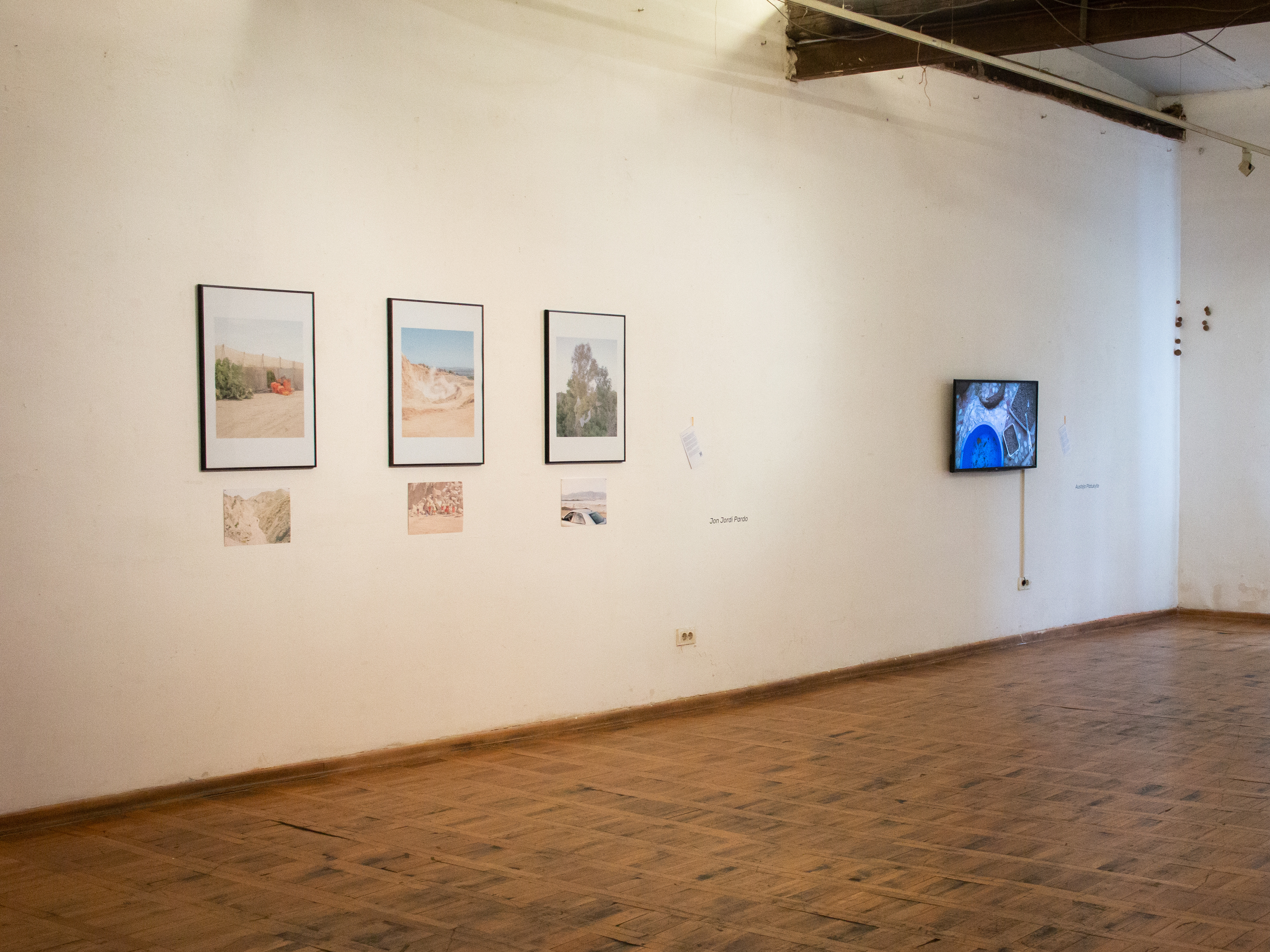
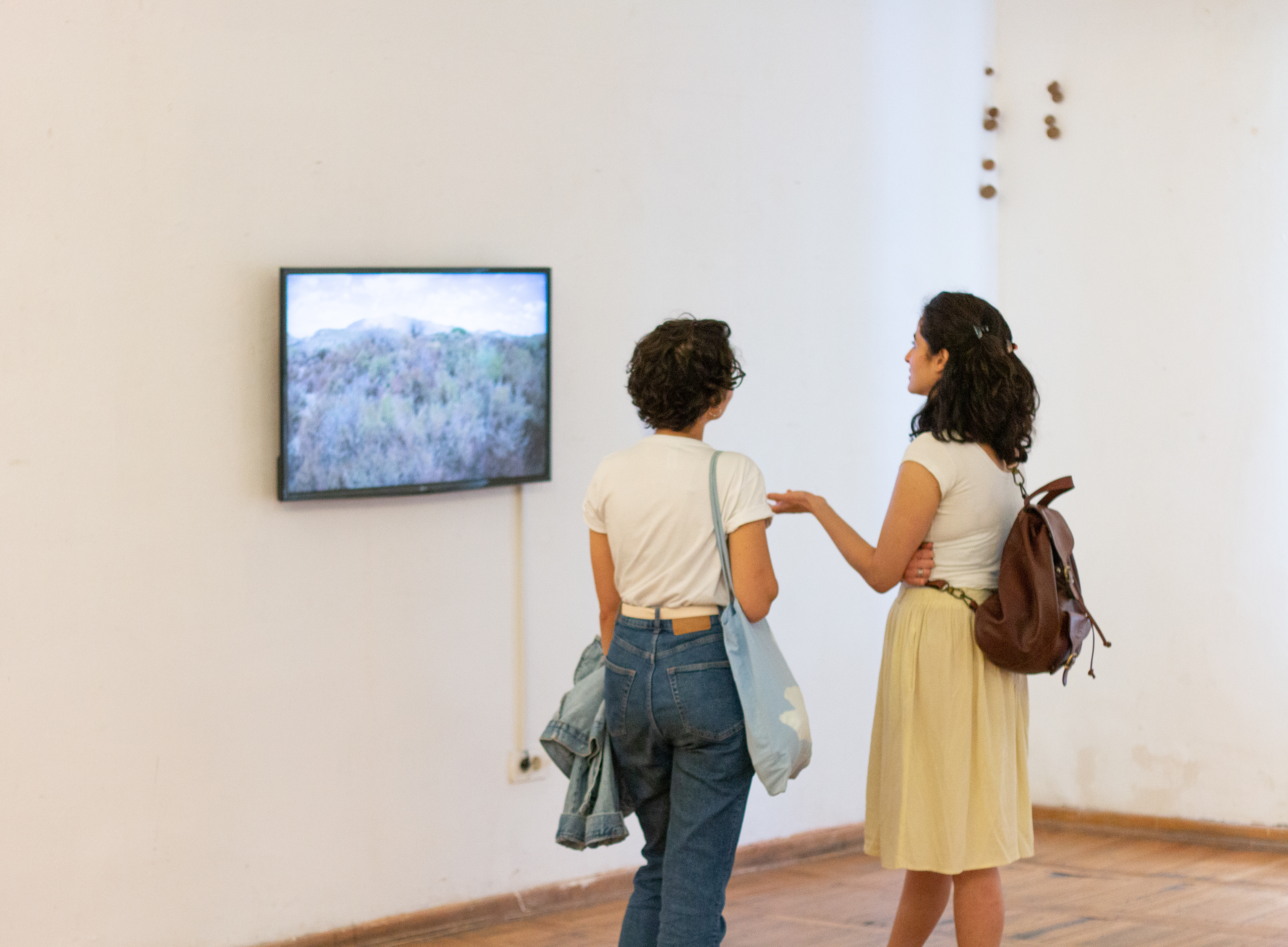
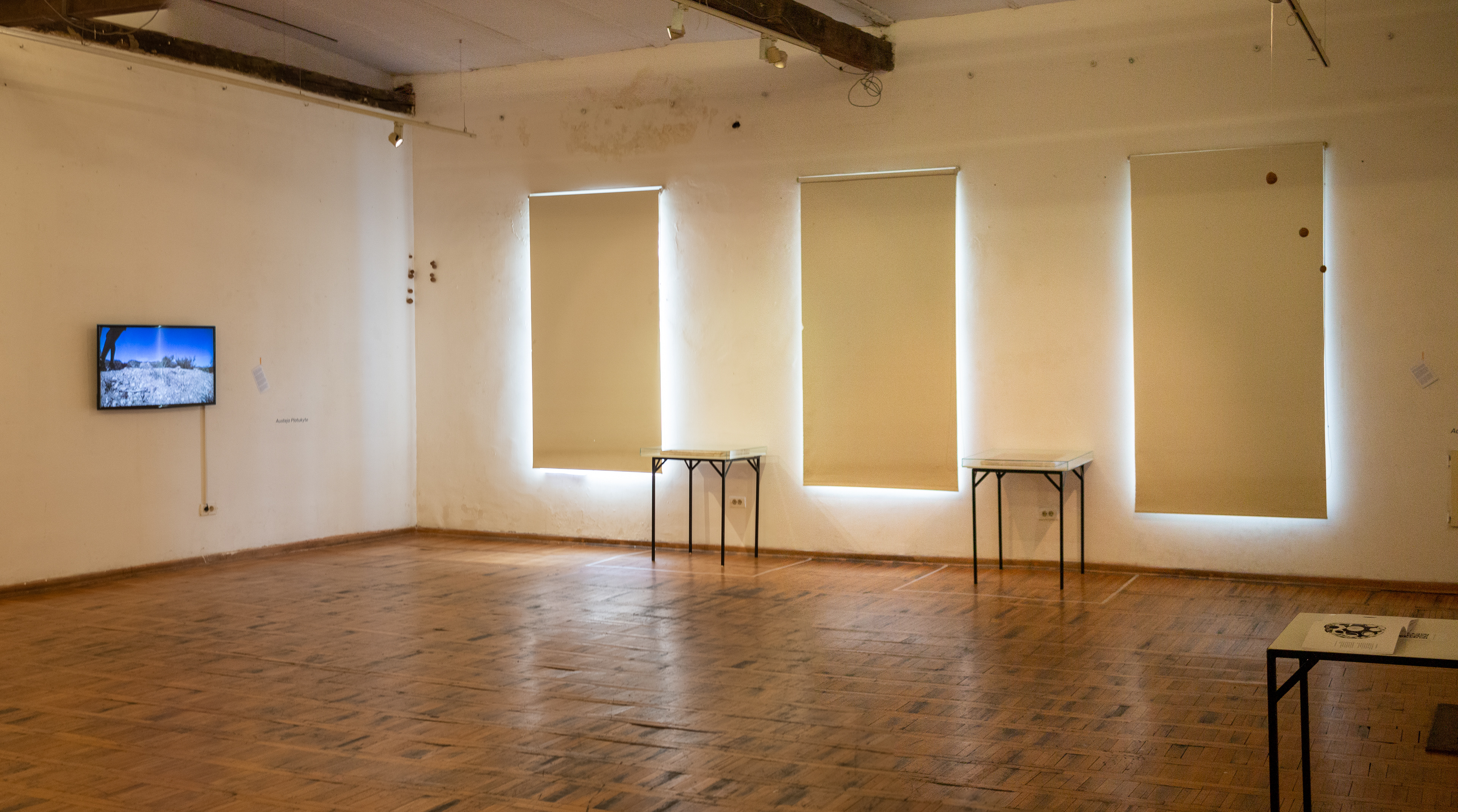

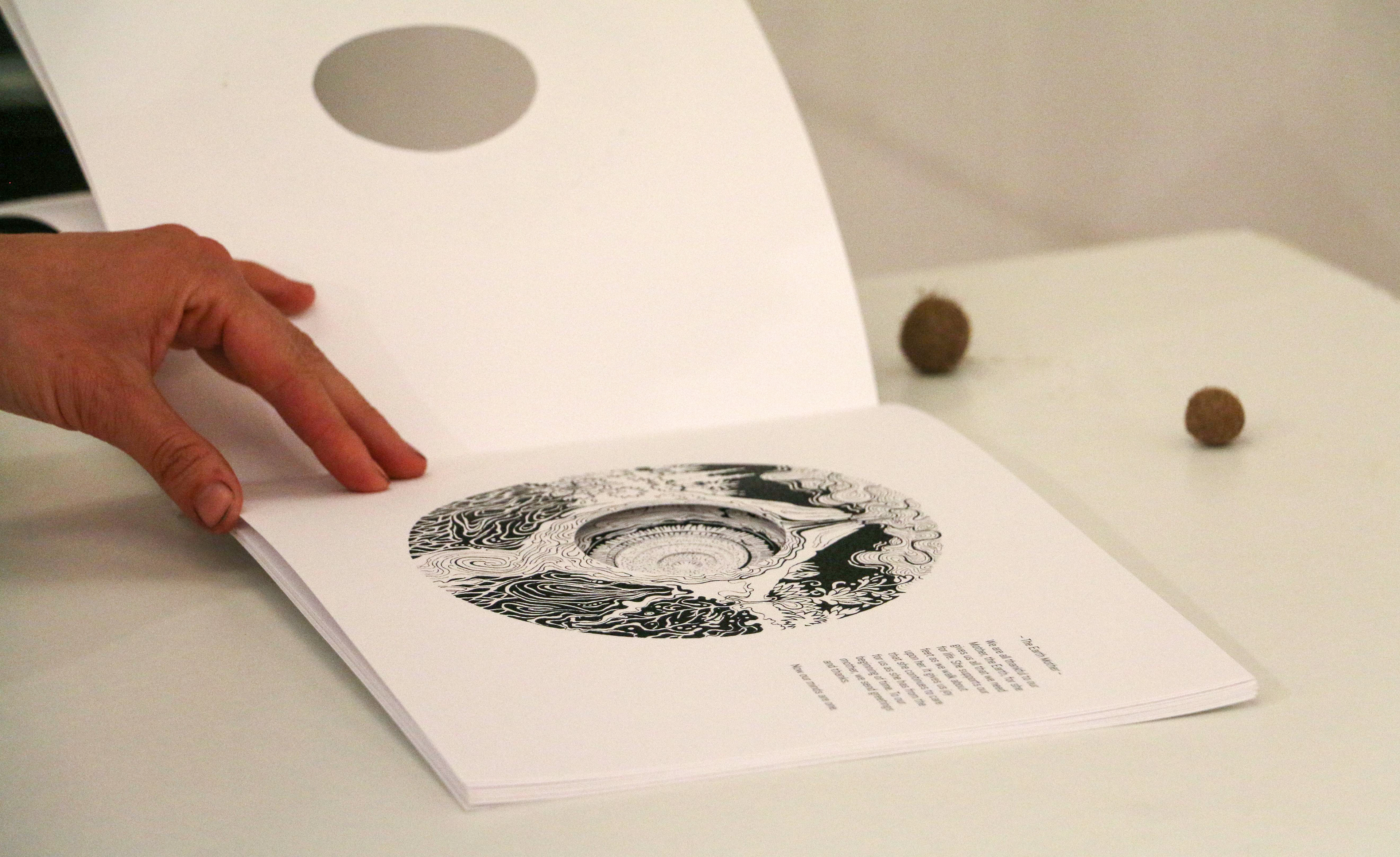

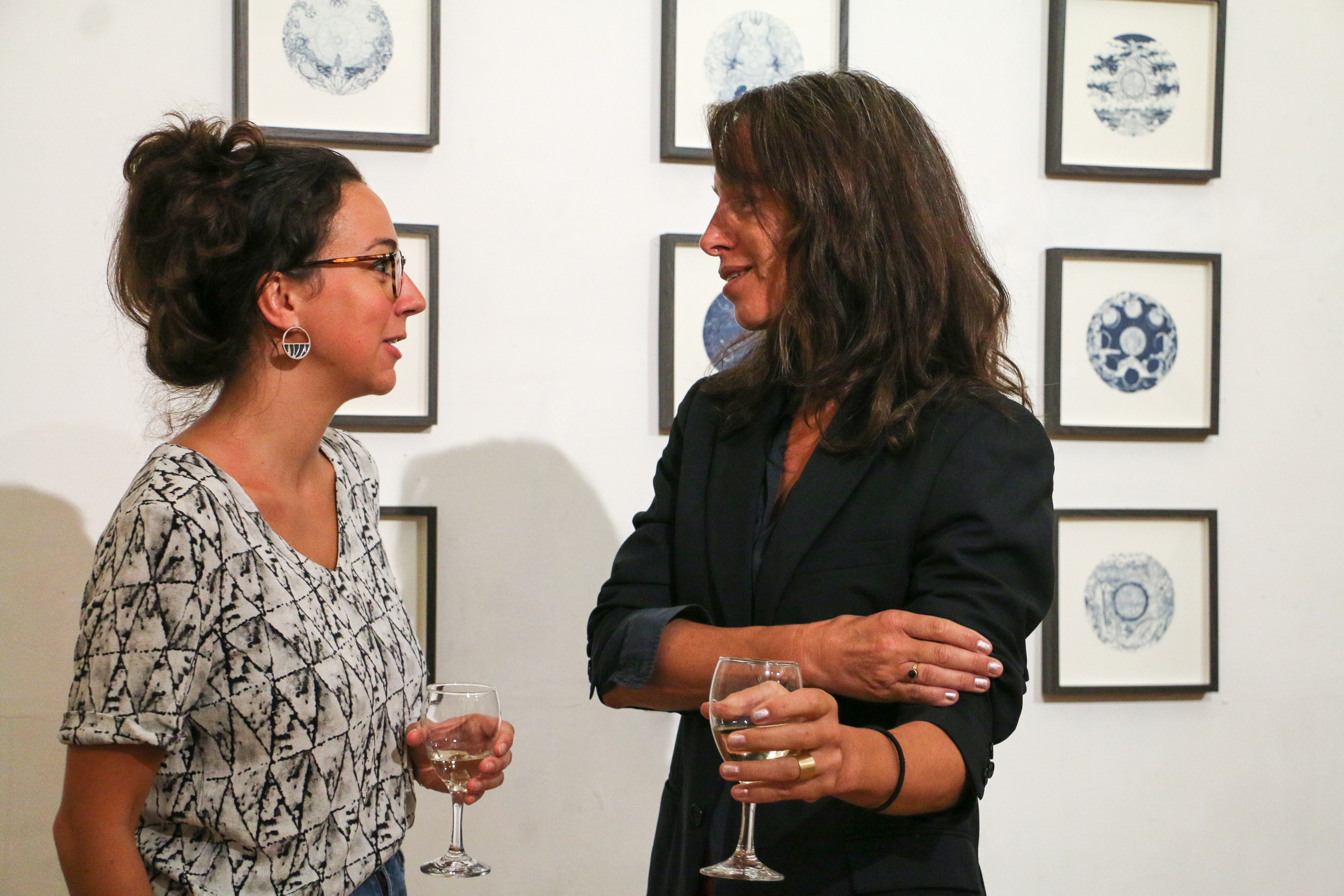
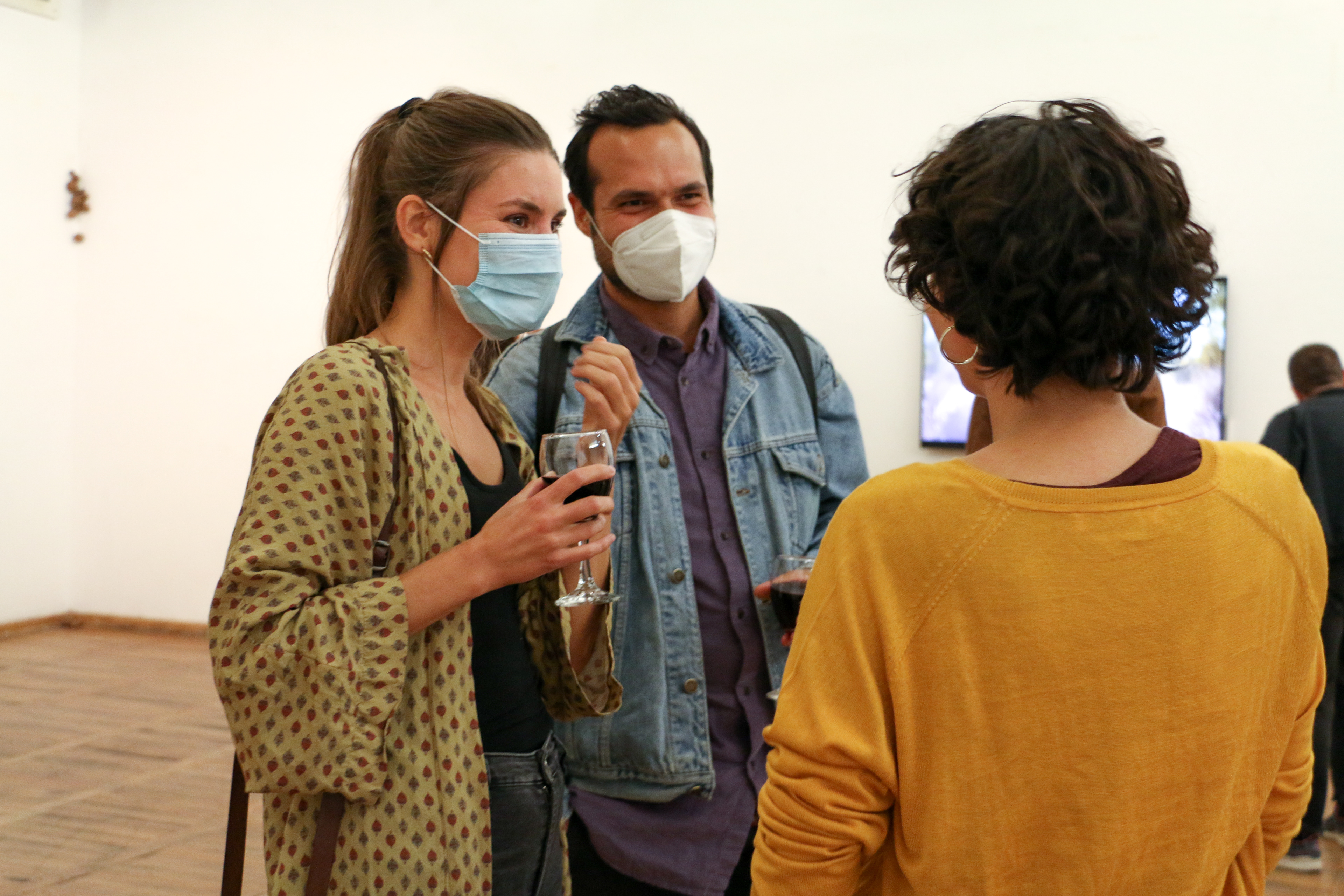

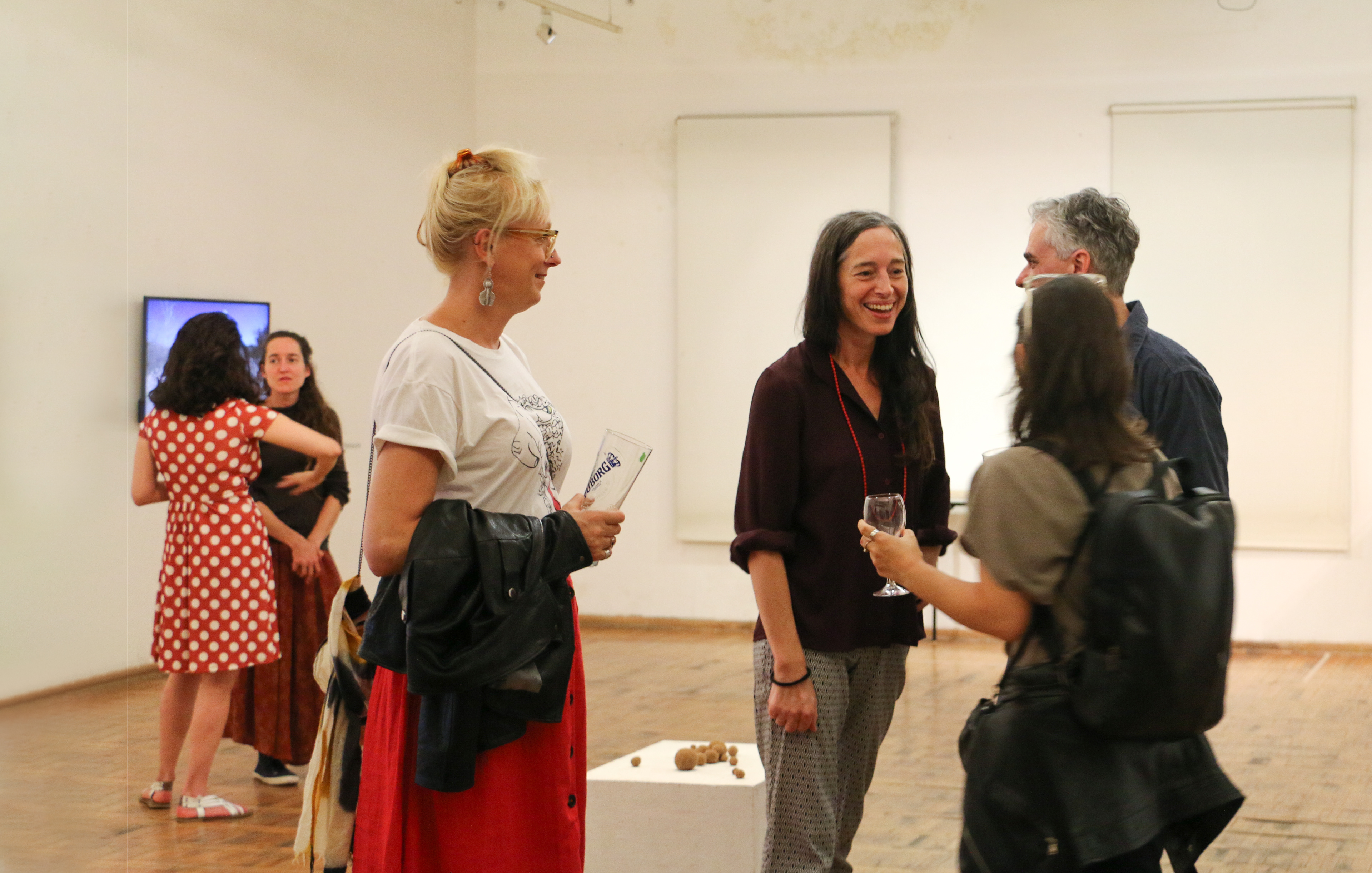


*Biogeomorphology of the Mediterranean Posidonia Oceanica Seagrass Meadows, Matteo Vacchi, Giovanni De Falco, Simone Simeone, Monica Montefalcone, Carla Morri, Marco Ferrari, Carlo Nike Bianchi, March 2016, https://doi.org/10.1002/esp.3932